Growing Environmental Awareness
The rising awareness of environmental issues among consumers and businesses is driving The Global Wind Tower Industry. As climate change concerns escalate, there is a collective push towards sustainable energy solutions. This heightened awareness is influencing corporate strategies, with many companies committing to renewable energy sources to enhance their sustainability profiles. In 2025, it is projected that a significant percentage of corporations will prioritize renewable energy procurement, thereby increasing the demand for wind energy. This trend not only supports the growth of the wind tower market but also encourages the development of new projects aimed at reducing carbon footprints and promoting environmental stewardship.
Rising Demand for Renewable Energy
The increasing The Global Wind Tower Market. As nations strive to meet their energy needs sustainably, the demand for wind energy has surged. In 2025, the wind energy sector is projected to contribute approximately 20% of the total electricity generation. This shift towards cleaner energy sources is likely to propel The Global Wind Tower Industry, as wind towers are essential for harnessing wind energy. Furthermore, the commitment of various countries to reduce carbon emissions aligns with the expansion of wind energy projects, thereby enhancing the market's growth potential. The integration of wind energy into national grids is becoming more prevalent, indicating a robust future for the wind tower sector.
Investment in Infrastructure Development
Investment in infrastructure development is a key driver for The Global Wind Tower Industry. As countries expand their energy infrastructure to accommodate renewable sources, the demand for wind towers is expected to rise. In 2025, global investments in renewable energy infrastructure are projected to reach unprecedented levels, with wind energy being a major beneficiary. This influx of capital is likely to facilitate the construction of new wind farms and the upgrading of existing facilities, thereby boosting the market for wind towers. Additionally, the integration of wind energy into existing power grids necessitates the development of supportive infrastructure, further enhancing the growth prospects of the wind tower sector.
Technological Innovations in Wind Turbines
Technological advancements in wind turbine design and efficiency are significantly influencing The Global Wind Tower Industry. Innovations such as larger rotor diameters and improved materials have led to enhanced energy capture and reduced costs. In 2025, the average capacity of newly installed wind turbines is expected to exceed 3 MW, reflecting a trend towards larger and more efficient systems. These advancements not only improve the economic viability of wind energy but also attract investments into the sector. As manufacturers continue to innovate, the market is likely to witness a proliferation of advanced wind towers that can operate in diverse environments, further expanding the potential for wind energy deployment.
Government Policies and Regulatory Frameworks
Supportive government policies and regulatory frameworks play a crucial role in shaping The Global Wind Tower Industry. Many countries have implemented favorable policies, including tax incentives, subsidies, and renewable energy targets, to encourage the development of wind energy projects. In 2025, it is anticipated that over 50 countries will have established specific targets for wind energy capacity, fostering a conducive environment for investment. These policies not only stimulate market growth but also enhance investor confidence, leading to increased funding for wind tower projects. The alignment of governmental objectives with renewable energy goals is likely to sustain the momentum of the wind tower market.
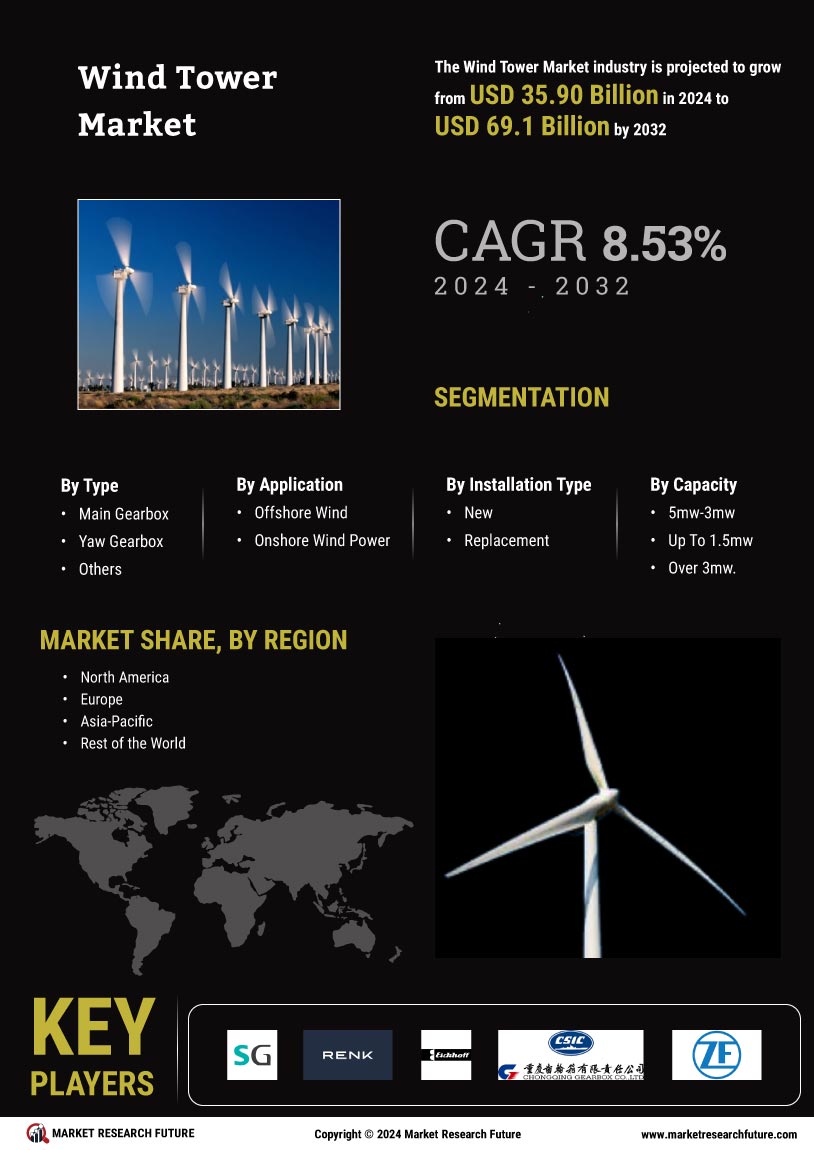


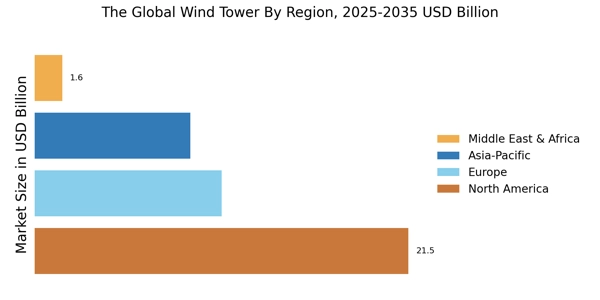
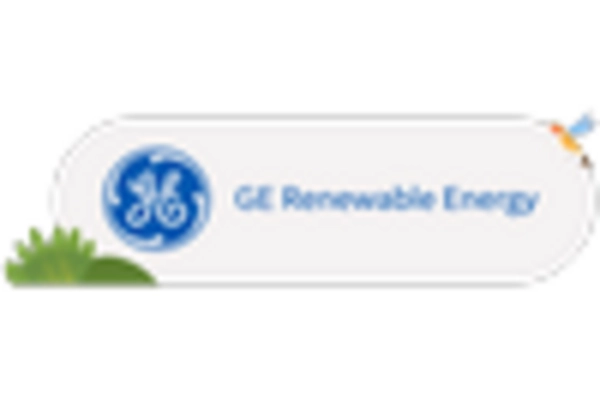

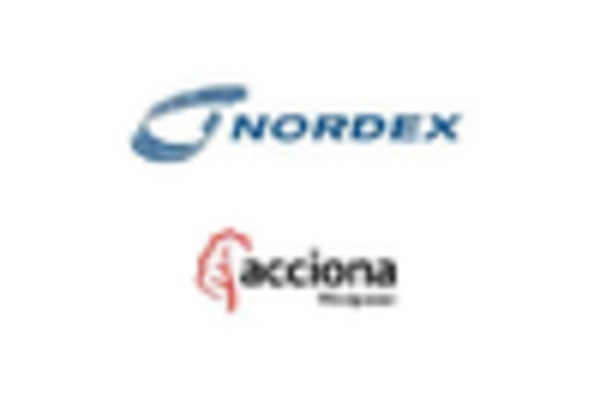
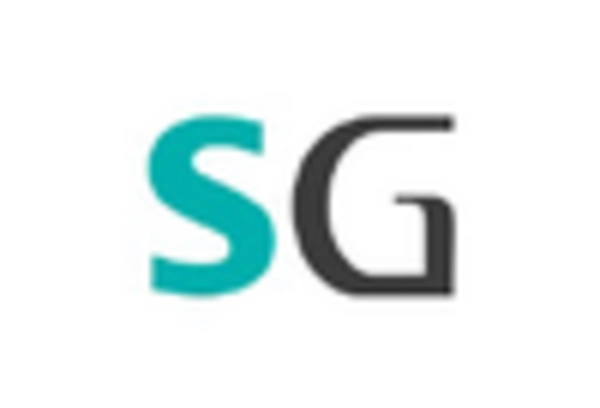
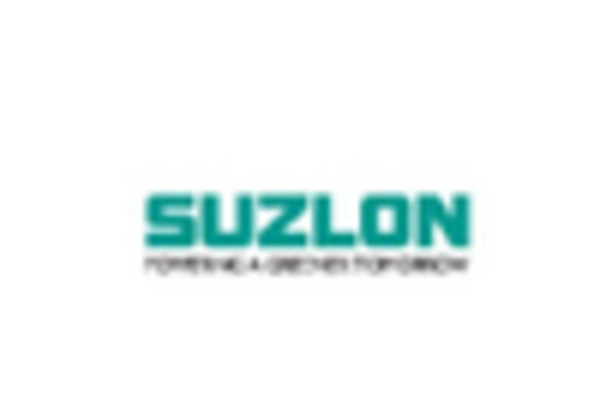
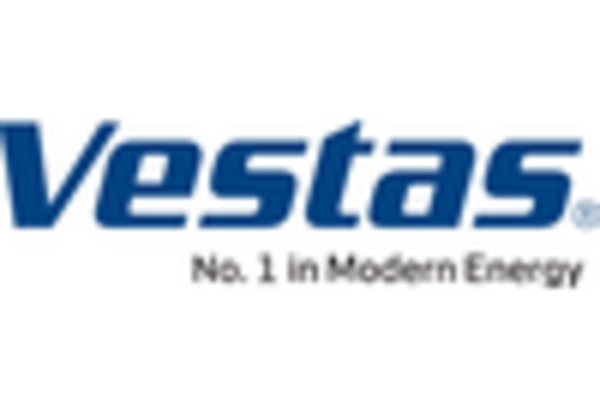








Leave a Comment